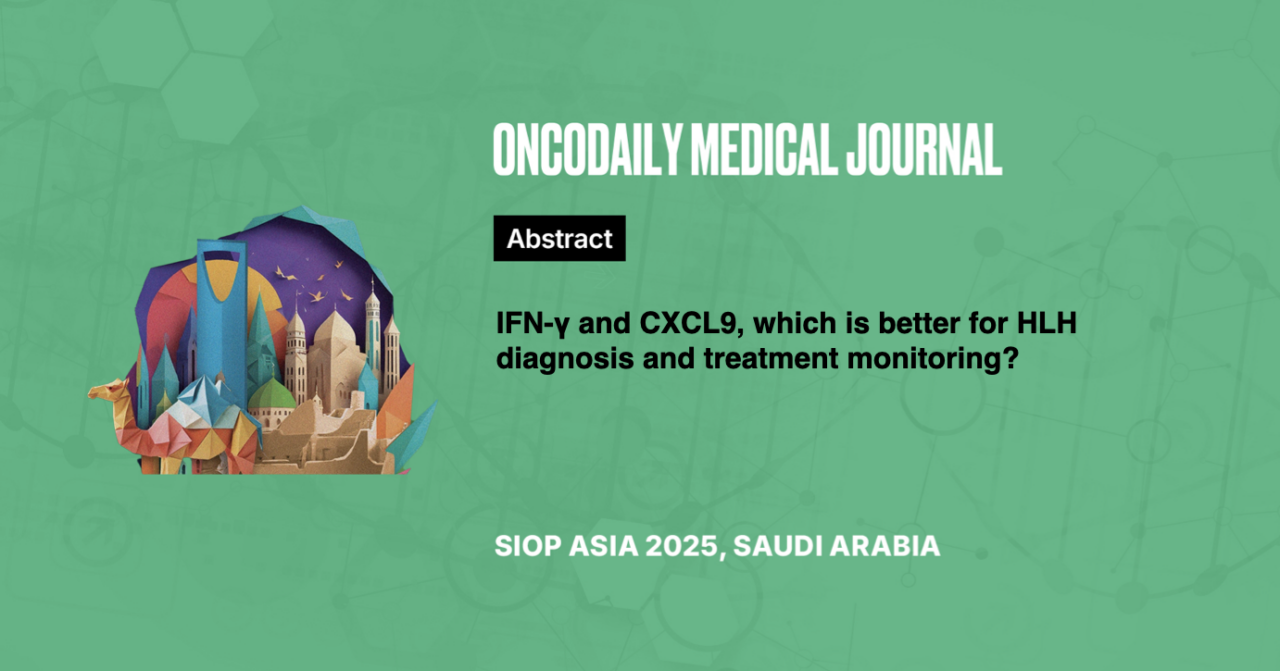IFN-γ and CXCL9, which is better for HLH diagnosis and treatment monitoring?
Abstract
Introduction: Hemophagocytic Lymphohistiocytosis (HLH) is a severe hyperinflammatory condition requiring prompt diagnosis and monitoring for optimal patient outcomes.
Methodology: This study compares the utility of IFN-γ and CXCL9 as biomarkers in HLH diagnosis and monitoring.
Results: A total of 42 active HLH cases were enrolled in the study, along with 20 patients with infectious mononucleosis (IM), 20 hemato-oncology patients who developed infections following chemotherapy (HO-I), and a healthy control group of 50 individuals. Patients in the active HLH group exhibited significantly elevated levels of IFN-γ compared to the other groups. CXCL9 levels were higher in the active HLH group than in the control and HO-I groups, although the difference was not statistically significant when compared between the active HLH and IM groups (median CXCL9 levels: 13,579.98 vs. 18,191.31, P=0.551). In active HLH patients, IFN-γ showed a significant positive correlation with CXCL9 (r = 0.448, P < 0.01).For the diagnosis of HLH, the area under the curve (AUC) for IFN-γ was 0.938 (95% CI: 0.863-0.980), while for CXCL9 it was 0.688 (95% CI: 0.576-0.785). Within one week post-treatment, the body temperature of HLH patients nearly normalized. IFN-γ levels generally returned to the normal range, whereas CXCL9 remained elevated in over half of the patients. Among newly diagnosed HLH patients, those who did not show a reduction in CXCL9 levels to normal all subsequently experienced disease relapse, while patients whose CXCL9 levels returned to normal maintained continuous remission.
Conclusion: The diagnostic value of CXCL9 in HLH is inferior to that of IFN-γ. In HLH patients, CXCL9 and IFN-γ are positively correlated, but IFN-γ decreases more rapidly after treatment. Failing to reduce CXCL9 levels to normal within one week of treatment is indicative of a poor prognosis.





